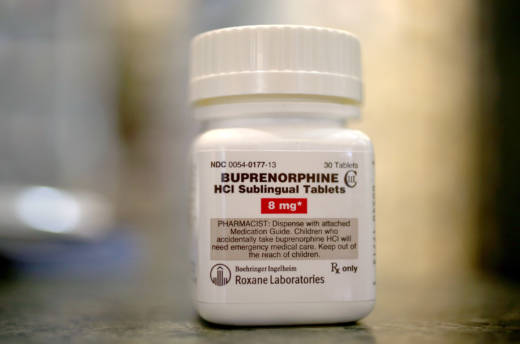More than 47,000 people died from an opioid overdose nationwide in 2017, according to the most recent data. The gold standard for treating this addiction is medication and counseling. Yet the majority of the roughly 2 million people with opioid addiction cannot access these medications, like buprenorphine.
California is the only Western state with this doctor supervision requirement as it applies to buprenorphine.
Assemblyman Jim Wood authored a bill that would authorize a nationally certified nurse practitioner to provide specific medical services without physician oversight, including prescribing buprenorphine.
Wood represents counties in the northwest part of the state, where opioid overdose death rates are higher than the national average.
Some of the rural counties Wood represents have a dearth of health care providers.
“We’ve had primary care shortages, and over the last seven or eight years it’s actually gotten worse,” Wood said.
He sees nurse practitioners as an important way to fill that gap: “We need that workforce.”
Wood’s bill follows recommendations made by the California Future Health Workforce Commission, a group of experts in the fields of health, labor and education. The coalition released a report in February highlighting a mismatch between the state’s health care needs, and both the supply and type of health care workers available.
